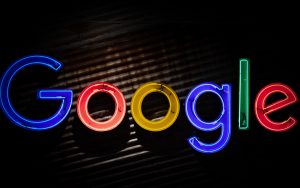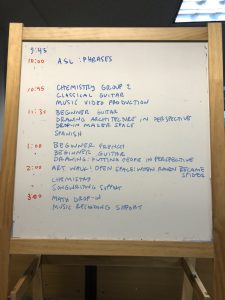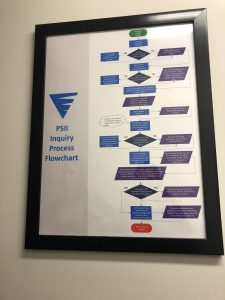History of Google
- Created by Larry Page and Sergey Brin
- Sergey went to Stanford and Larry was considering attending in 1995
- Google was founded in 1998
- Started creating in their dorm rooms → originally called “Backrub”

Photo by Mitchell Luo on Unsplash
Our Inquiry
- We intend on becoming certified Google Educators because we believe it is a useful skill that will make us even better technology educators.
- We have seen the GSuite being used throughout the schools that we have visited so far and want to be able to work well wherever we end up subbing or teaching permanently.
Why We Chose This Inquiry
- Emma, a practicing teacher and one of our seminar leaders from last semester, is a google innovator and encouraged all of us to also pursue this education for our careers.
Google For Education: Teacher Center
- This website provides us with the information that we need in order to train for becoming Google Educators Level 1.
- The Fundamentals Training part of the website will prepare us with modules and lessons that will show us how to integrate google into our future classrooms. We will go more into depth into this section for our next blog post.
- We can study for the test using these sample questions.
Potential Downfalls of Becoming Google Educators Level 1
- We could have tunnel-vision and only use google suite apps. By doing this, we may not find other helpful apps and technologies.
Thanks for tuning in and check back next week for our progress in becoming Google Educators Level 1!
Sincerely,
Sarah, Heather, and Lauren B




